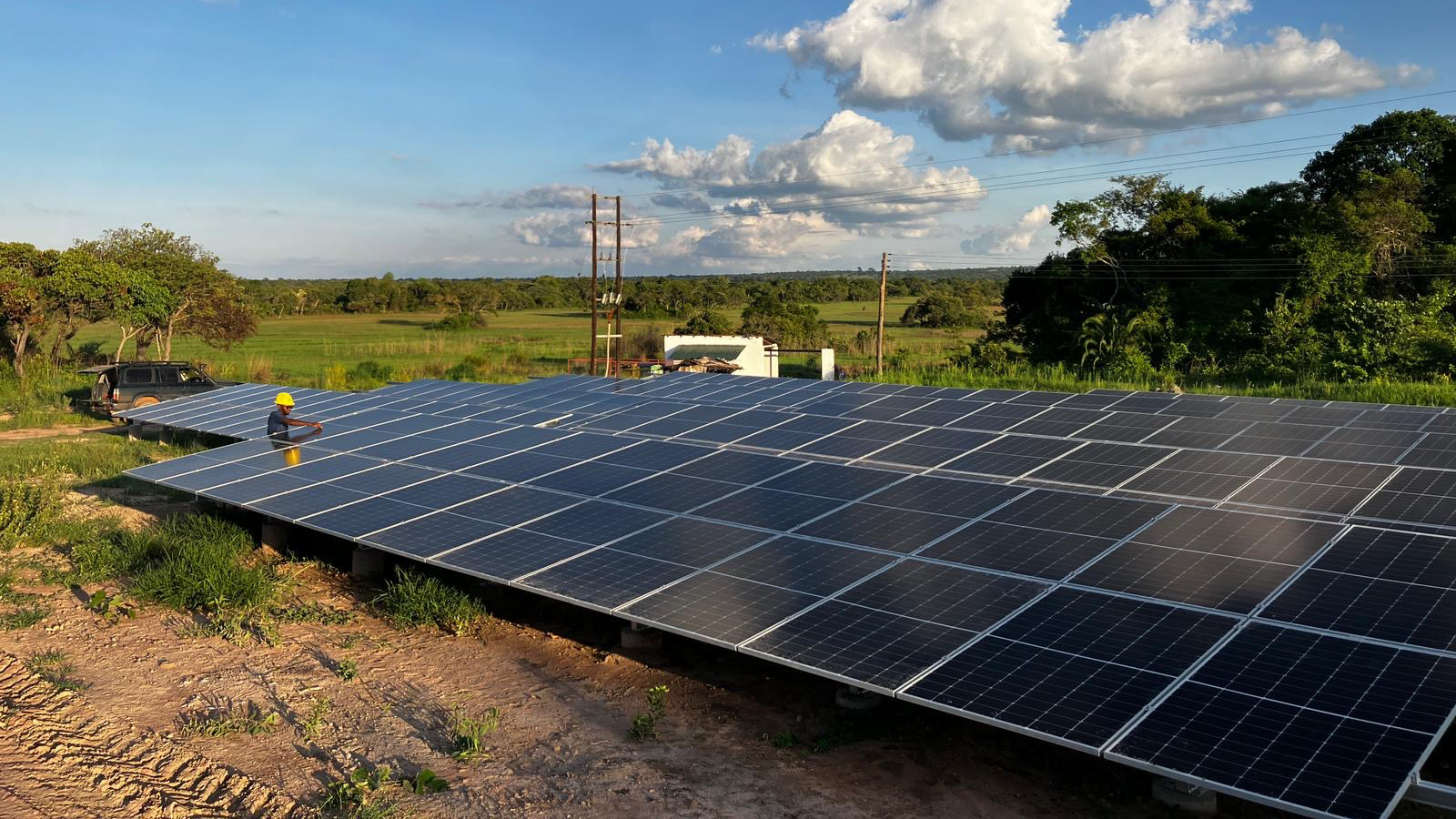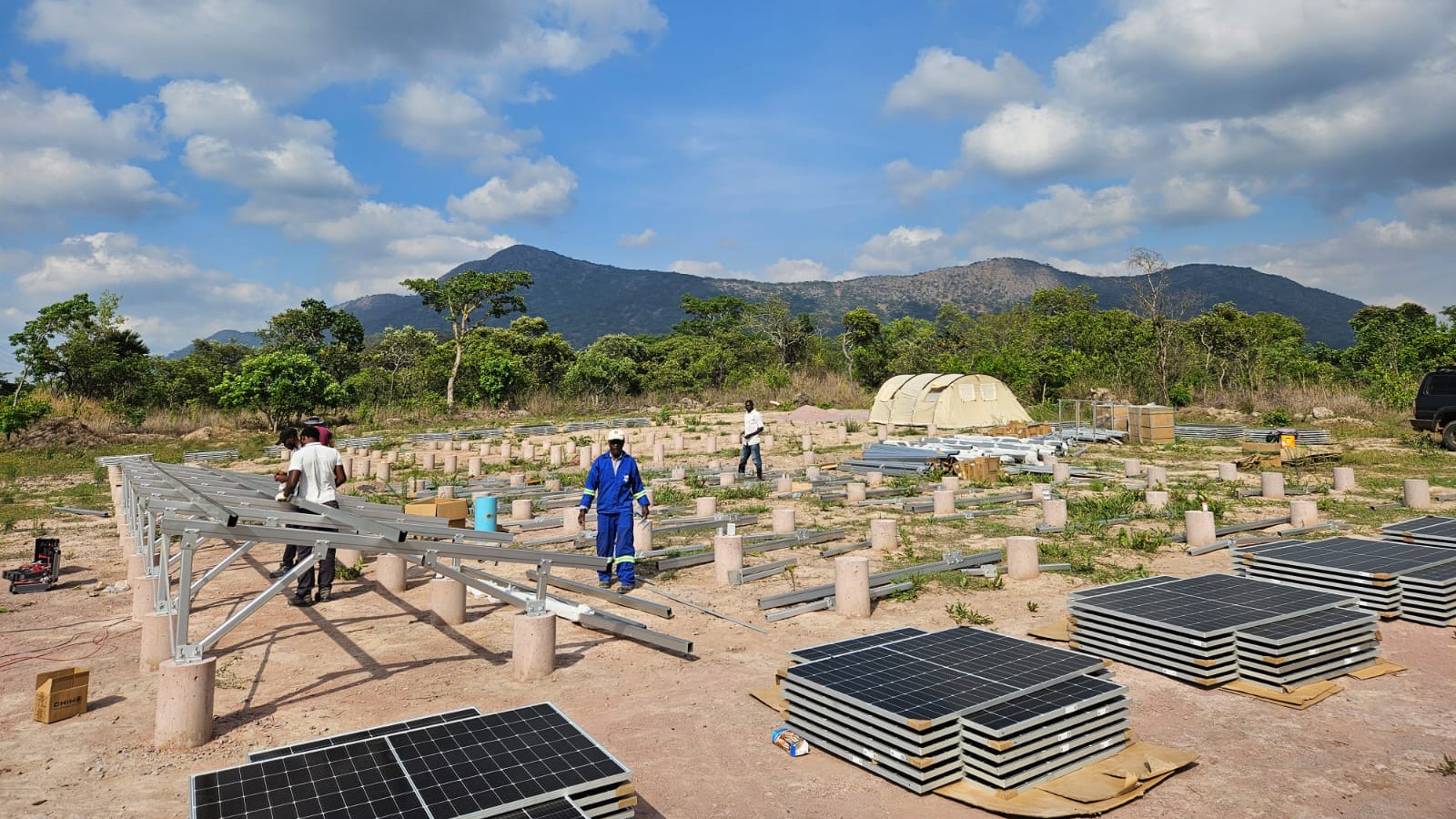

Swiss Partners
Mount Sunzu Switzerland Ltd, Wallisellen
www.mountsunzu.com
Luca & Yanik Costa
Fridolin Stocker
Local Partner
JF Irrigation Ltd
Project Type:
Technology:
Country:
Project Status:
Project Start:
End of Project:
Contract:
Swiss Contribution
Irrigation systems are the largest single energy consumers on commercial farms in Africa. Photovoltaic know-how in Africa has so far been limited, mainly to smaller off-grid systems, or several MW large grid-connected PV systems that feed all the generated electricity into the grid. With the help of ewz’s know-how (electricity supplier, Zürich), Mount Sunzu Switzerland Ltd. aims to supply most of the electricity for the new irrigation system it is building on its coffee farm by using PV power. As a PV installation implies greater energy supply fluctuation, the irrigation system needs to be optimised to irrigate the fields at all times. An intelligent control system will complete the installation.
Description
It is planned to operate the Mount Sunzu Farm’s new irrigation system for its coffee fields with PV electricity for the most part within this project’s framework. So far, mainly diesel generators have been used in northern Zambia, due to the unreliable electricity grid. The project team is trying to replace these completely. A 90 kW PV system is to be built for this purpose which will be connected to the power grid. This will provide the necessary drive energy for the entire irrigation system.
Results
The PV system finally started operation in December 2023. Overall 216 modules, each with 410 Wp, have been installed, resulting in a total output of almost 89 kWp. In the beginning a amximum output of 96 kWp was forseen. A necessary change in the selection of the inverter type, due to voltage requirements of the grid-connected system on the AC side, resulted in the ‘loss’ of 7 kWp. However, this change now ensures significantly higher stability during operation. Due to severe soil erosion caused by water and flooding, the substructure of the system was built on solid concrete foundations.